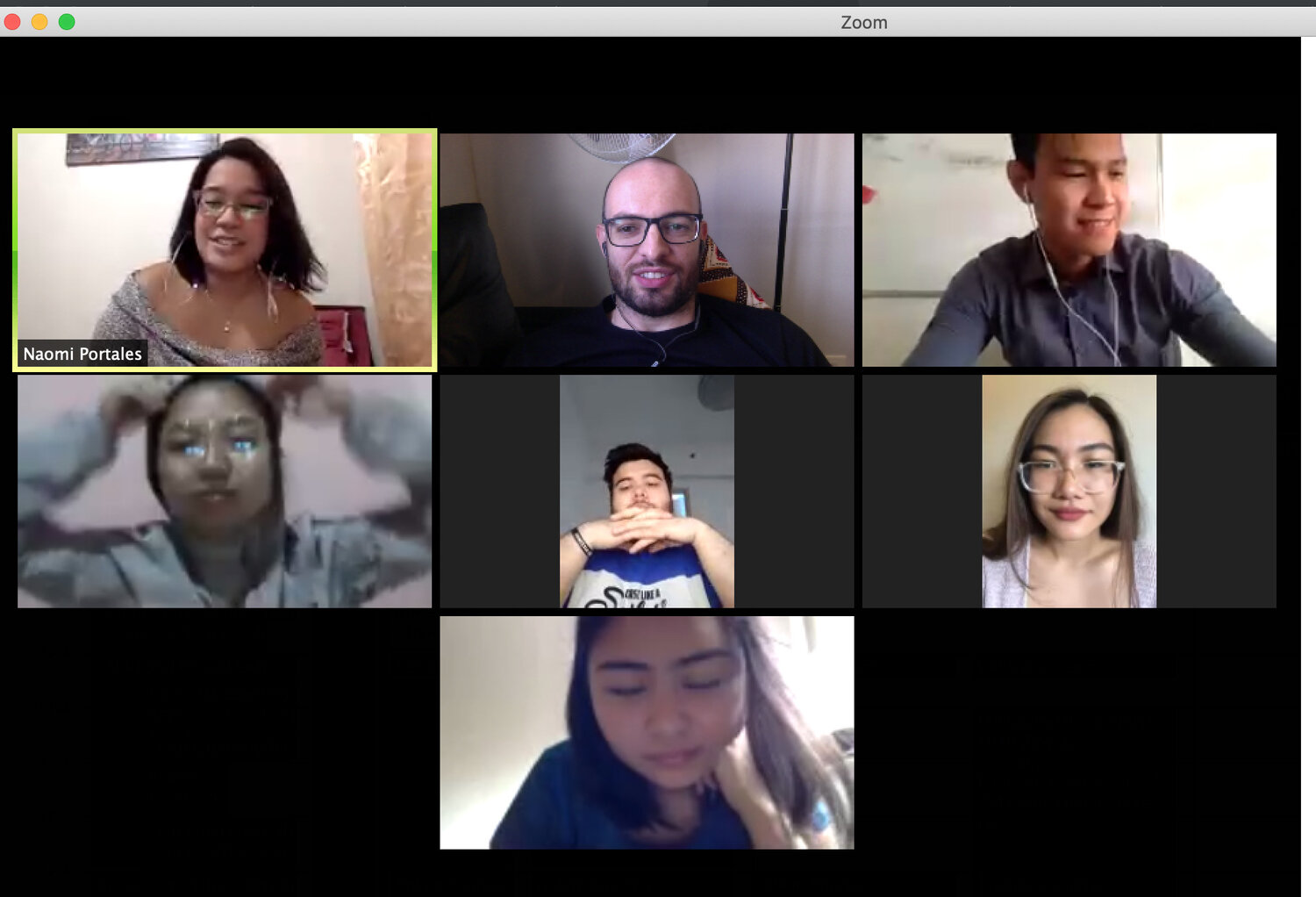
What is ‘work from home’?
At On-Off Group, we give our employees the option to work remotely— this means completing their job responsibilities outside of a traditional office environment.
For many of our teams, the nature of their roles allows them the flexibility to work in any way that makes the most sense for their lives. Remote working is often referred to as ‘work from home’.
On a typical day, employees have the option to work from their home offices or nearby cafés when their tasks can be completed independently or choose to gather in the company’s office when face-to face interaction is necessary.
There are several studies that support remote working as being conducive towards productivity.
In a 2-year study run by Stanford professor Nicholas Bloom, it was found that work-from-home employees achieved a productivity boost equivalent to a full day's work. Work-from-home employees were able to complete a true full-shift (or more) versus being late to the office or leaving early multiple times a week.
The employees in the study found it less distracting and easier to concentrate at home. Additionally, employee attrition decreased by 50 percent among the telecommuters. During the work-from-home arrangement, employees were found to take shorter breaks and less time off and also had fewer sick days.
Productivity concerns aside, we allow for remote working because we think it’s the human-centric thing to do.
At On-Off Group, we believe that giving our teams a work-from-home option is how we can prioritize their well-being and improve overall employee experience. By putting people at the core of our work, it’s one of the ways we practice empathy.
In a place like Metro Manila, this working arrangement means less time in traffic and more time towards productive work. Remote working is also beneficial in situations where in-office work is not feasible, like in times of calamity or emergency.
Having the option to work from home — and a protocol to enforce it— has been particularly helpful for our company, since the recent announcement of a lockdown in Metro Manila to contain the spread of the novel coronavirus in the Philippines.
In light of the recent events, we wanted to share our work-from-home protocol to help companies who have many questions about this working arrangement.
But don’t get us wrong— we’re far from perfecting the ins and outs of remote work. We’ve experienced our fair share of downsides in remote working like say, struggling to cultivate company culture and bonding when half of the teams work out of the office.
Discussing tasks via digital platforms like Workplace and Slack has sometimes led to communication (or, lack of communication) issues. But like any good product, the process of remote working must go through rounds and rounds of testing and iteration.
Based on our experience, we’ve carved out a few key guidelines to curb any communication issues, boost productivity, and guide our teams to do their best work.
Here are a few things we’ve sought out to do when working remotely —
Be a considerate remote worker, always.
Follow remote meeting etiquette.
Use our digital management tools well.
Follow the communication hierarchy

Think of it as your digital way of talking to your teammate across the desk and asking a question. Workplace’s ‘Search’ function makes it easy to look back on past conversations and recall instructions and details discussed.
Remember to be wary of personal chats vs. group chats. Personal messages are for matters that would be best discussed between two people only. In a group chat, you can discuss things that require the opinions of the entire team and could benefit from the back-and-forth between teammates.
At On-Off Group, we spent our first few years on Slack before making the transition to Facebook Workplace. Our preferred project management tool however is Basecamp.
Ask yourself— “Is this a question or clarification? Can it be answered in the next hour or two?”
Pro-Tip: Need to work on a project collaboratively? Consider Google Docs as one of your best teammates.
Manage feedback better by adding Comments throughout the different parts of the Document. Each Comment can be its own discussion thread and immediate edits can be monitored and applied.
Watch as work can gets done much faster, as multiple users are able to work on a single Document at one time. The same principle applies for the other apps in the GSuite like Slides, Sheets, etc.
An email is like writing a note about a task and giving it to the receiver— so that it can be easily referenced to and addressed, on the receiver’s time.
It isn’t the best for back and forth internal correspondence unless you’re dealing with a very large team. Or if you need to loop in people from outside the company such as clients and vendors.
It is best used when giving specific tasks, sending over important documents, and summarizing decisions and meetings. It can also be used for company-wide formal announcements.
Ask yourself— “Is this a formal communication? Does this matter involve external stakeholders that I need to loop in?”
Many employees want to save their phone numbers for their personal, out-of-work matters. Save your text messages for times when you know the person does not have internet connection and cannot be contacted in any other way.
Also refrain from having important conversations via text. Those conversations should be had on channels specific to work like chat or email. Text messages should be quick questions or reminders, at best.
Ask yourself— “Is this person offline? Not currently connected to the internet?”
Calls are definitely the easiest option when you need to flesh out a lot of details, get an immediate response, or just want to talk it out. But calling can also be invasive when received at the wrong time.
Try to inform the person that you’d like to talk via message before calling. If you need a matter addressed right away, communicate that in your message. If you don’t receive a reply and still need to talk urgently then call.
Calls that are more casual can be managed via Google Calendar so that you and the receiver can set out the time for it.
Ask yourself— “Is it a very urgent matter? Do I need an immediate response? Do I need to talk it out?”
Technology has given us so many options when it comes to communication but sometimes, a face-to-face talk is the best choice. Especially when the matter is sensitive or requires undivided attention when in discussion.
There are also many project activities that need to be in person, as it’s the most productive and the least time-consuming option. For example, our UX Teams run their Affinity Mapping sessions in person. The Marketing Team comes together to discuss strategic plans and create content that needs to be made in-person, like workshop photo and video documentation.
An in-person conversation requires a lot more legwork (quite literally) to make happen so make sure that it’s worth the effort. Be considerate of the other other person’s time by sending an invite to meet via Google Calendar.
Ask yourself— “Do I need this person’s undivided attention? Is it a sensitive matter?”